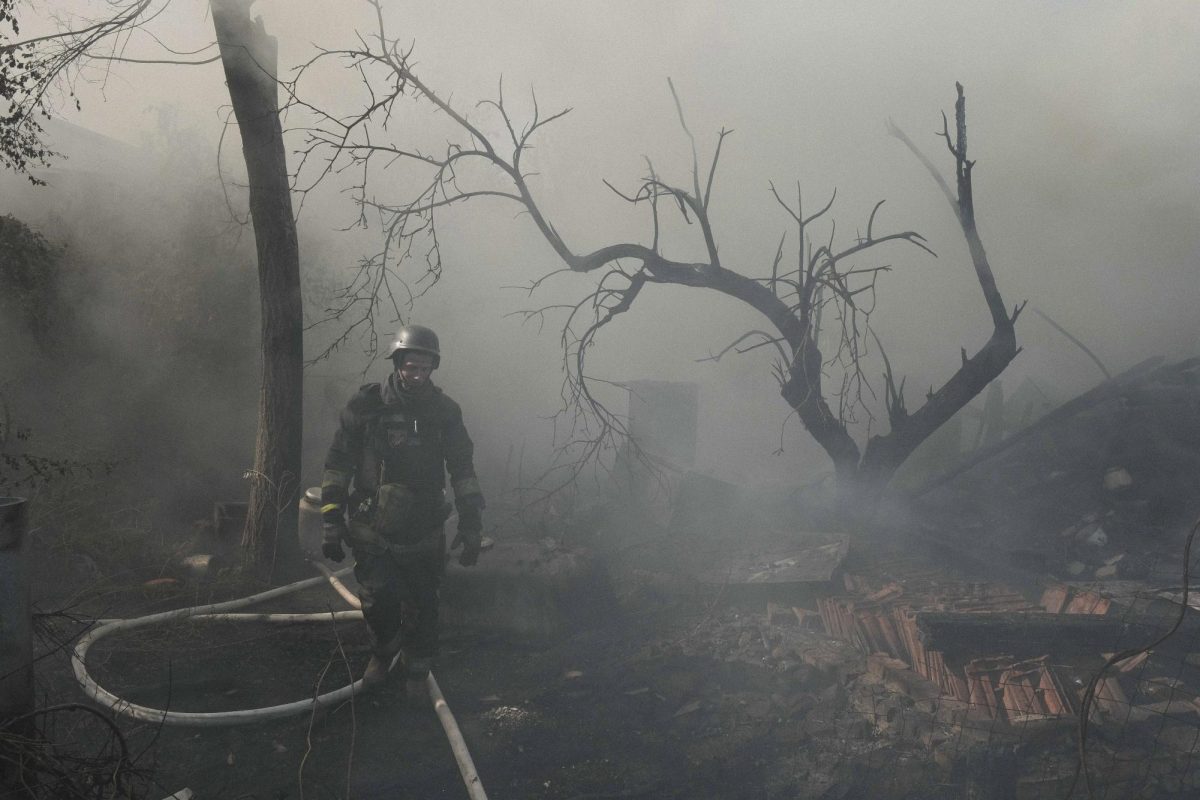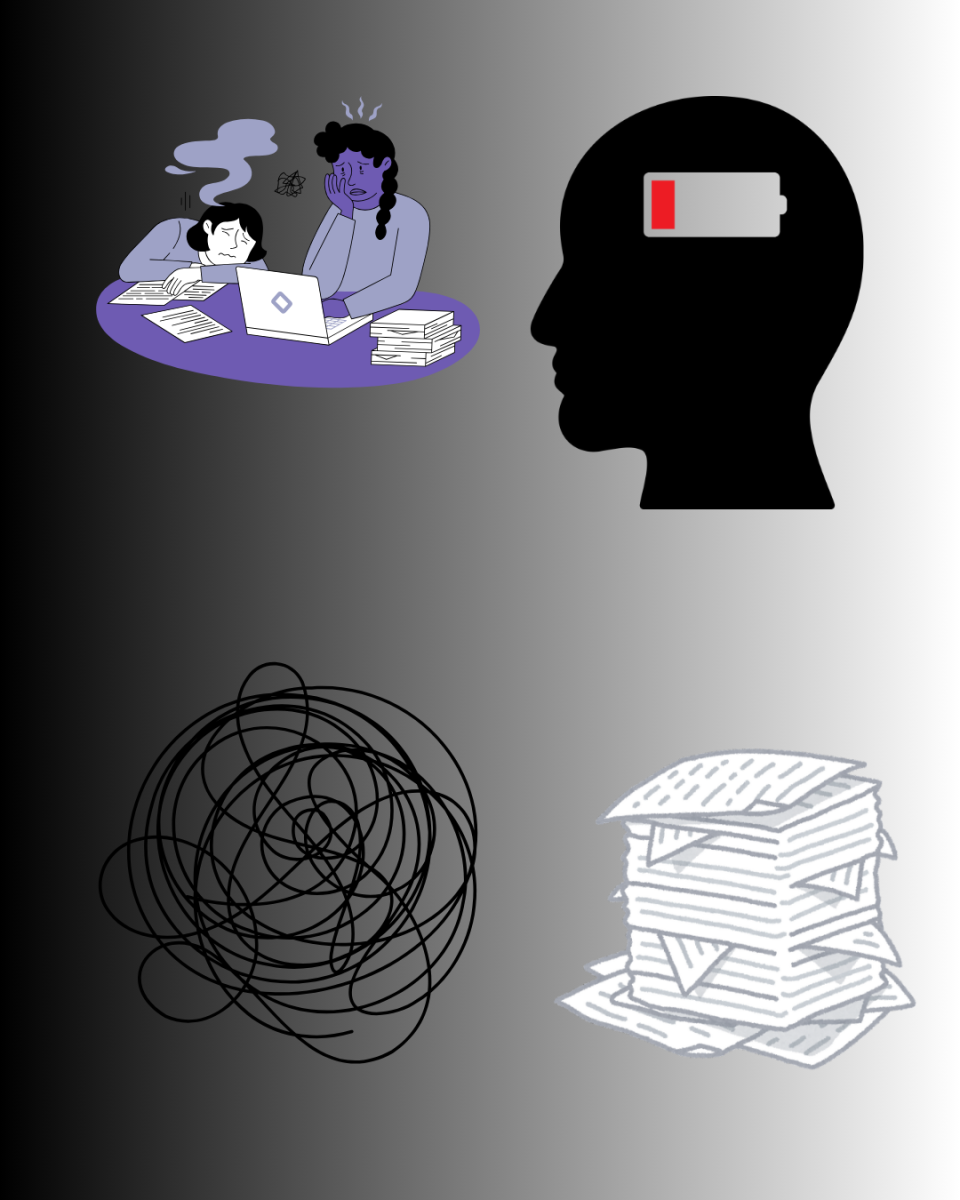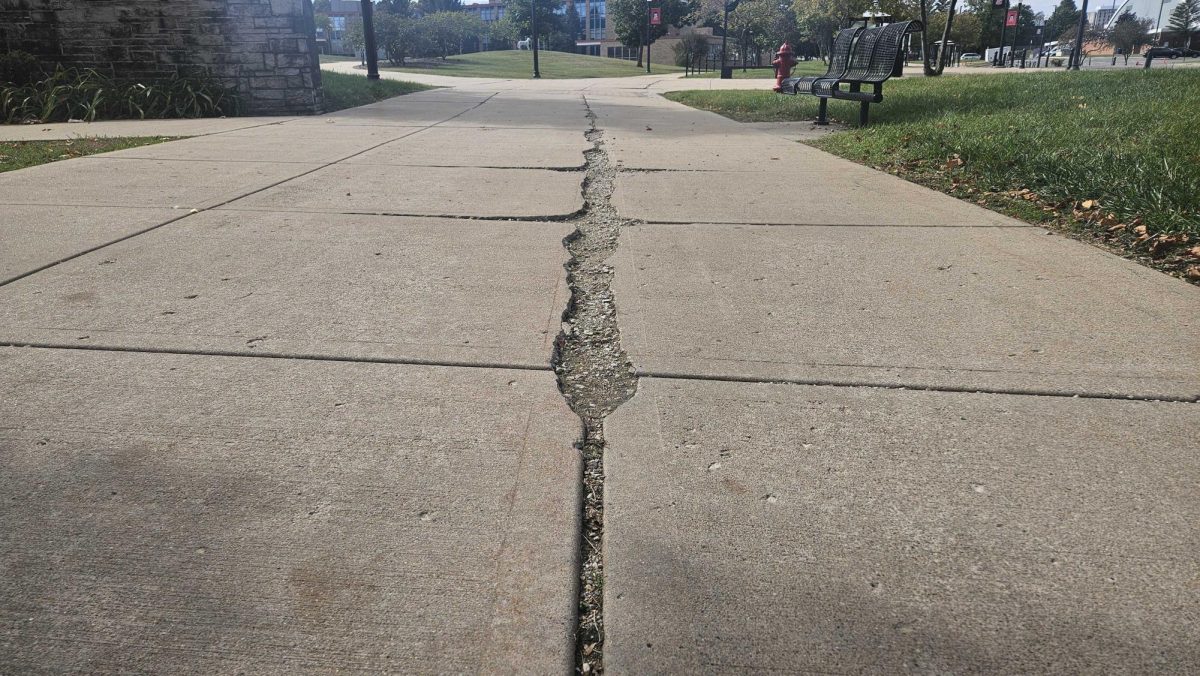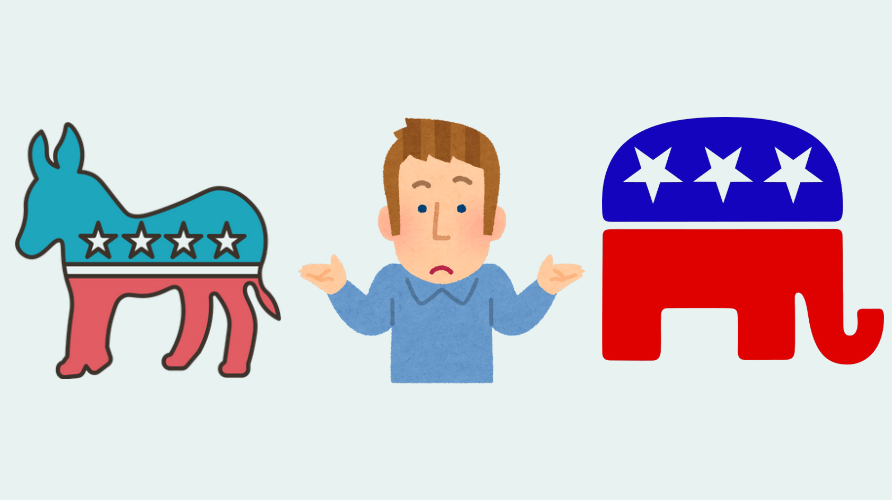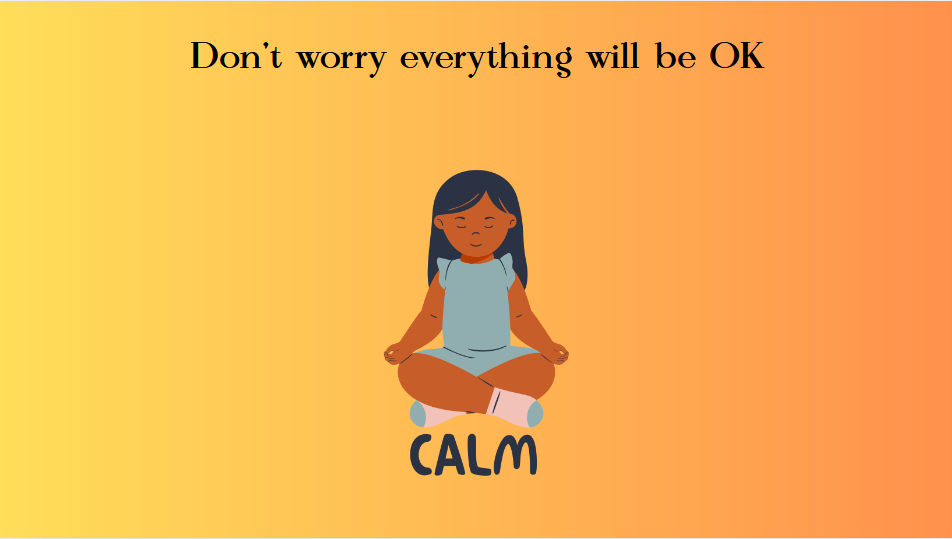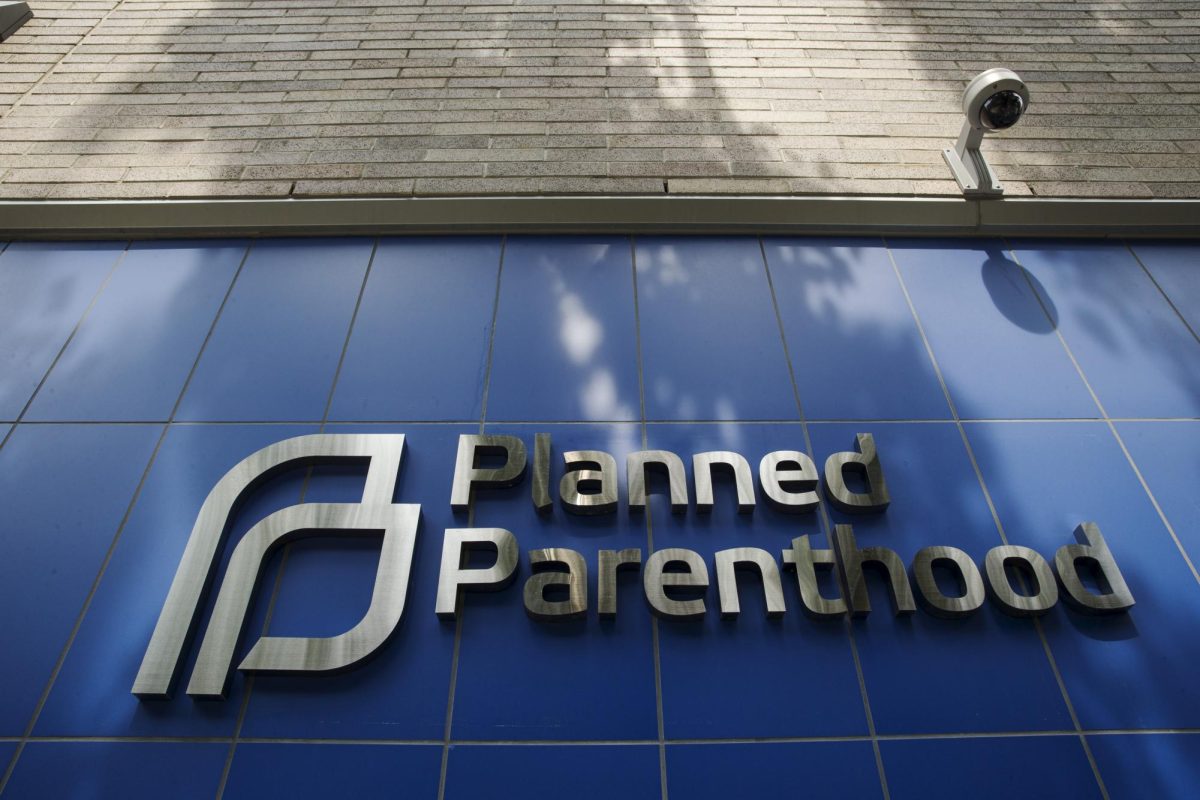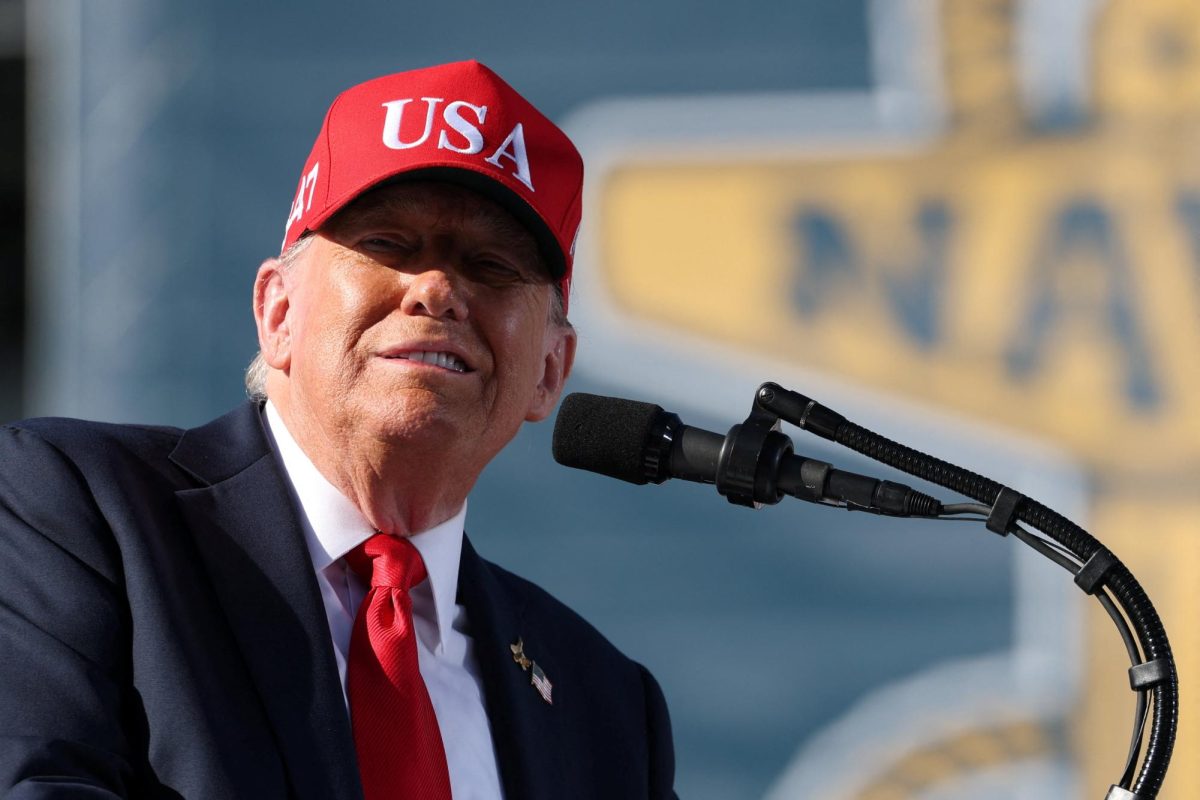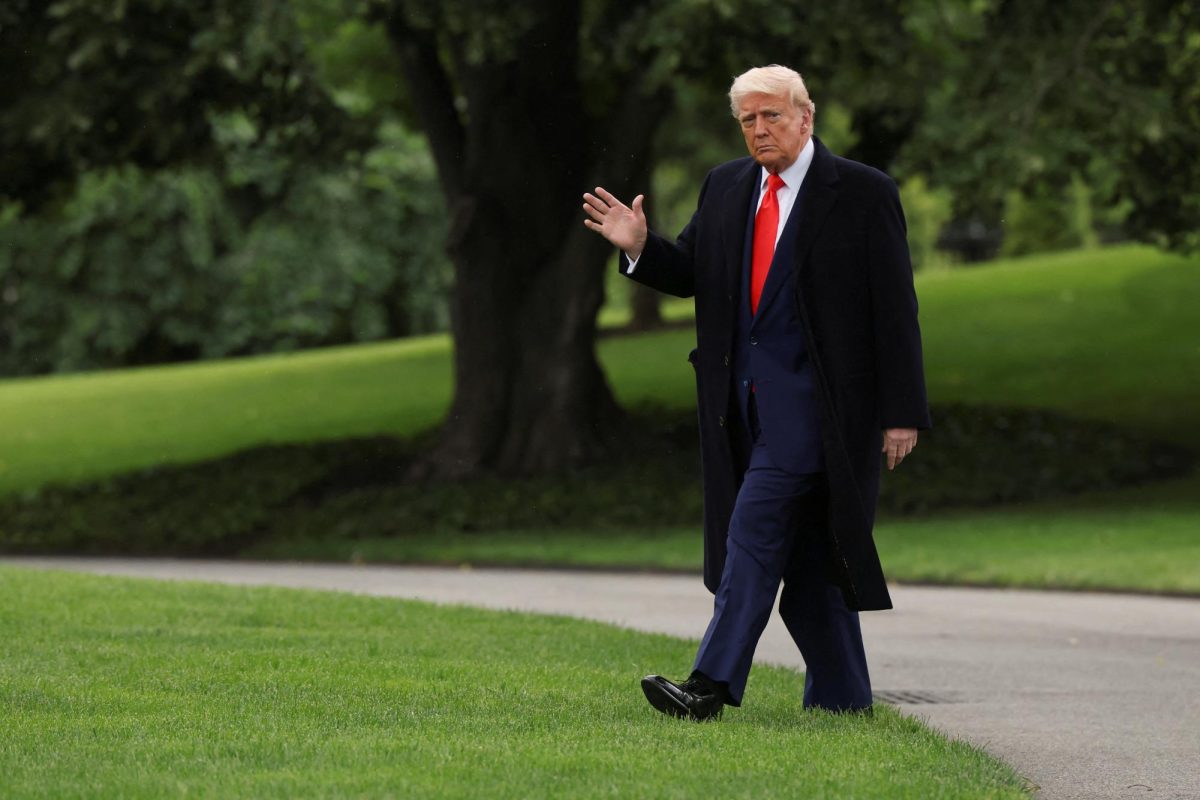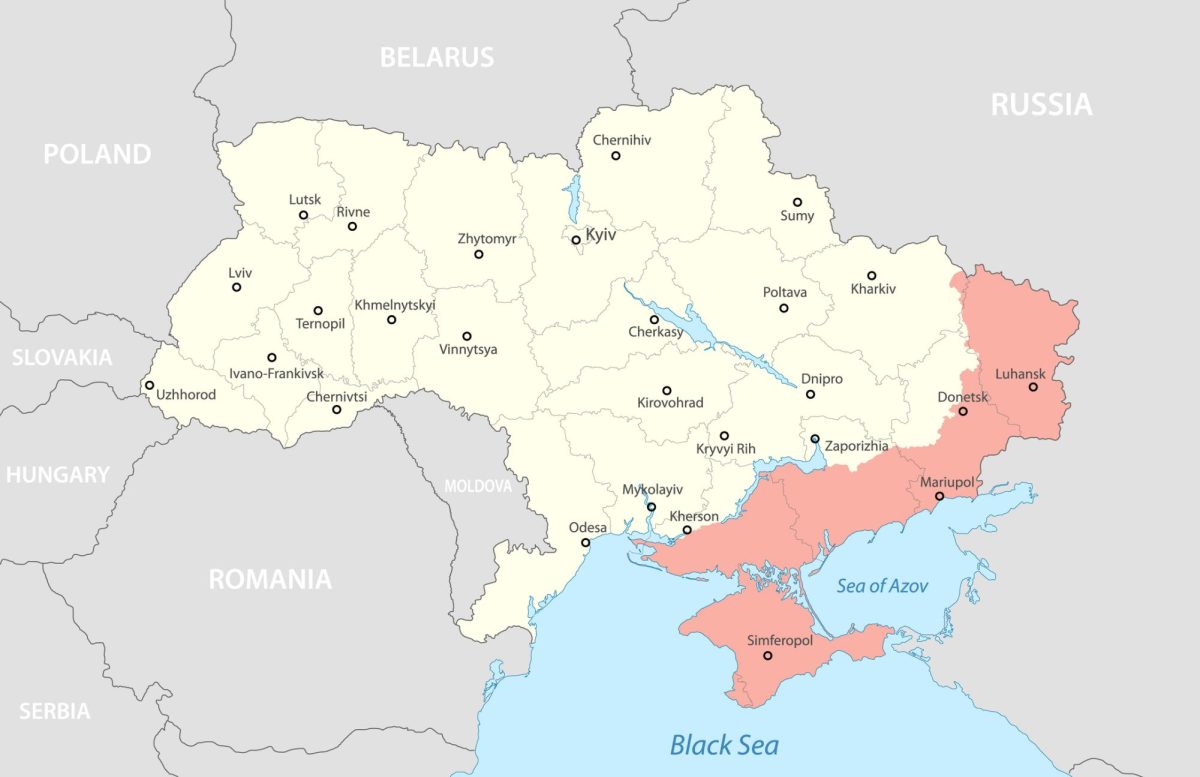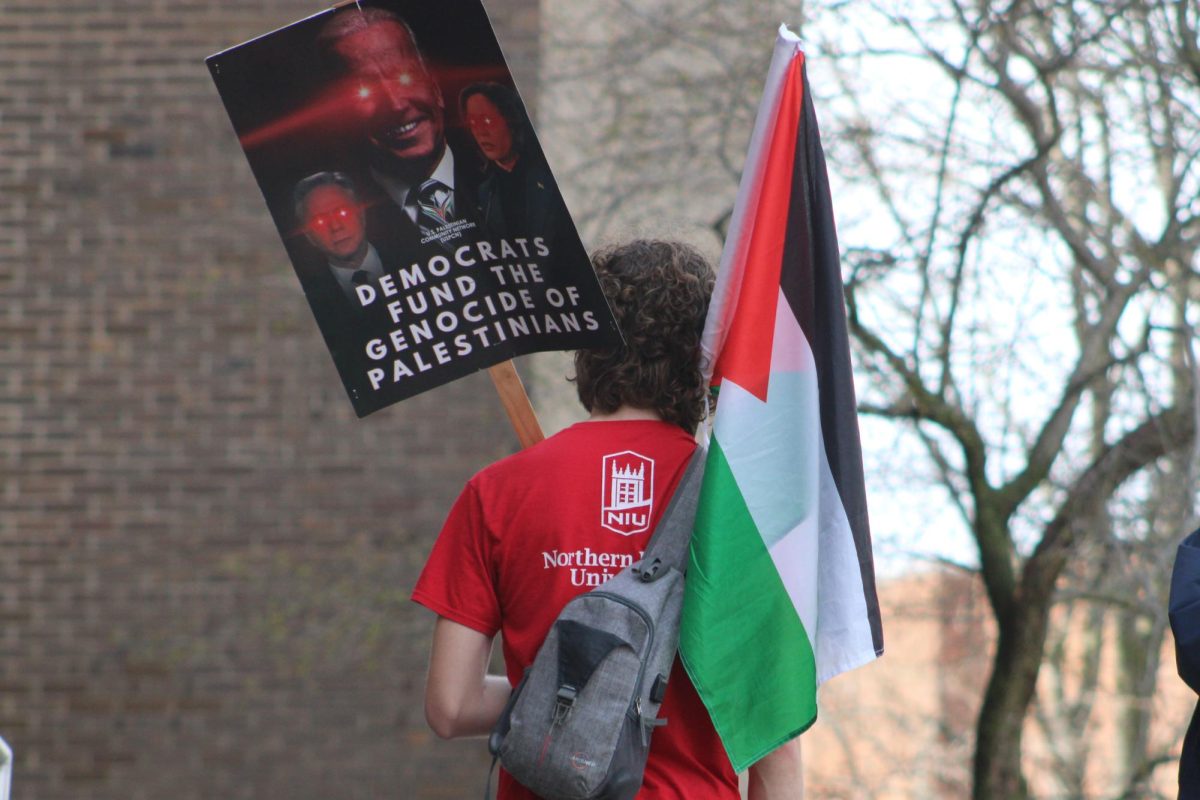The war in Ukraine is not only a demonstration of how uncivilized humanity is, but also a sign of how geopolitics are handled today. To this day, the only thing that separates the world from a nuclear war is, ironically, the war in Ukraine. Peace is maintained by the conflict in the Ukraine.
Since Russia’s capture of Avdiivka in February, the war has not stopped. Despite the minimal advance of the Russian army on the eastern front and Ukraine’s counter offensives, including a successful incursion of Kursk, casualty rates have been high in recent months due to the thrust of the Russian vanguard – the divisions and brigades who are in front of the enemy and in charge of most offensive plans.
Russian combat casualties are at least 350,000, according to U.S. intelligence sources, On the other side, Ukraine has had 60,644 deaths, according to UALosses.
However, in a war in which long-range exploration and bombardment technology overcomes surprise and camouflage, the loss to territorial gain ratio reminds some of World War I.
“The war had been a stalemate for the past 18 months where Russia has seized and maintains control of significant territory in the eastern part of Ukraine, but it has not been able to advance further, and Ukraine has not been able to take that territory back,” said Ches Thurber, an associate professor of political science at NIU.
At the political level, the French president, Emmanual Macron, has expressed he is not against sending troops to Ukrainian territory should the need arise, according to France 24. At the same time, many countries have supported Ukraine with all kinds of armament.
Despite all the logistical and material difficulties Russia suffers, the country remains willing to fight until at least the total annexation of the oblasts – sort of like states in Russia – of Donetsk and Luhansk. These are heavily Russian-influenced Ukrainian oblasts that have been in dispute since the Donbass War in 2014.
With no quick solution to the conflict near, the Russian Federation’s constant threats to use nuclear warheads and the attention of the western world divided between a multitude of conflicts in recent years, the overall picture of the war seems to darken more and more.
However, now more than ever, the war effort in Ukraine must be supported by the United States and NATO countries, not only for an ideological matter, but to maintain peace.
“Armies often don’t look like they’re going to break until they do and then things change very quickly,” Thurber said. “So it is possible, it is still possible that the Russian military could break down at some point and commanders desert and soldiers flee. It’s also possible that that could happen on the Ukrainian side. But we’re seeing, I think more reporting on this recently of the Ukrainian military struggling to maintain its, its manpower, struggling to continue to recruit people to, to fight, struggling with, especially as United States’ support becomes weak. You think about how quickly Afghanistan fell after the United States withdrew its support, so things can change very quickly.”
Because of the nature of the Russo-Ukrainian war, there are no material goods with which to negotiate.
“I don’t think the material benefits of conquering Ukraine were that great,” Thurber said. “I think the benefits were in terms of strategic alliances making sure that Ukraine was his (Putin’s) ally and not an ally of the West, as well as sending a broader signal both to other countries surrounding Russia and to the West.”
There are several ways out of the conflict in Ukraine, and most of them are quite grim.
For instance, Prime Minister Medvedev illustrated the plans of annexation of Russia not only with Ukraine, but also with several former Soviet regions, highlighting Transnistria. This conclusive scenario would occur in the event of a total Russian victory over Ukraine.
Ukraine would be limited only to the Kiev oblast, as a puppet state of Russia: a terribly bleak picture not only for Ukraine, but for NATO due to the cost of supporting Ukraine and for several Eastern European countries.
For example, Moldova would be at imminent risk of Russian annexation in this case.
A partial annexation of Donetsk and Luhansk could lead to another confrontation between the two Slavic countries since the Russian Federation aims to re-establish itself in the former territories of the U.S.S.R, according to CNN, Atlantic Council and BBC.
On the other hand, another solution to the conflict is an eventual Ukrainian victory after the Russian economy succumbs to refinery bombings and European and American support for Ukraine. This scenario is in turn divided into two, due to the consequences that a ceasefire could have. If Russia surrenders or a peace treaty is negotiated before Ukrainian troops enter a major Russian city, the war may end.
Should Ukraine advance on Russian territory, Putin has warned of using nuclear weapons to defend Russian sovereignty. In fact, recent threats are not the only precedent.
A document leaked by Vladimir Osechkin, a Russian H.H.R.R activist exiled in France, shows FSB – the CIA of Russia – emails dated to March and April 2022, according to Newsweek.
These emails showed how Putin had proposed to his court-martial and the top FSB commanders the use of nuclear weapons to quickly destroy Ukraine.
The emails also show how several spies managed to convince Putin of how bad the idea was, exposing the repercussions and consequences it could have on the Russian economy and the very integrity of the Federation.
So, in practical terms, a nuclear war may never have been as close to happening as it was between March and April 2022.
According to the Russian Nuclear Doctrine, there are only two situations in which the Russian Federation will use nuclear weapons: If the enemy uses nuclear weapons or if during a conventional war the existence of the Russian state is threatened.
But Putin had suggested accelerating the use of nuclear bombs, according to the Arms Control Association.
There is also the possibility of a large-scale NATO intervention, which, due to the growing border between the military alliance and Russia, could trigger nuclear war.
This outcome is distinguished by the fact that a military alliance would not directly join the Ukrainian cause unless it found a way to stop Russian nuclear warheads, by developing new technologies in air defense systems, like the Kh-47 Kinzhal.
A conflict between NATO and Russia is unpredictable, due to the limited history of war between both sides. Although they were engaged in the Cold War, the last direct battle between American and Russian Armies was during the Russian Civil War in 1919.
This lack of intense war history between the U.S. and Russia implies that neither has recent military experience against the other, potentially increasing the danger of their meeting.
For now, the only thing that separates the world from any of these fateful scenarios is, paradoxically, the continuation of a war with little movement of the front line. As long as the balance is maintained, Western Europe will not enter into war with Russia.
As long as the balance is maintained, the war in Ukraine will be the cost to pay for peace in Europe.


